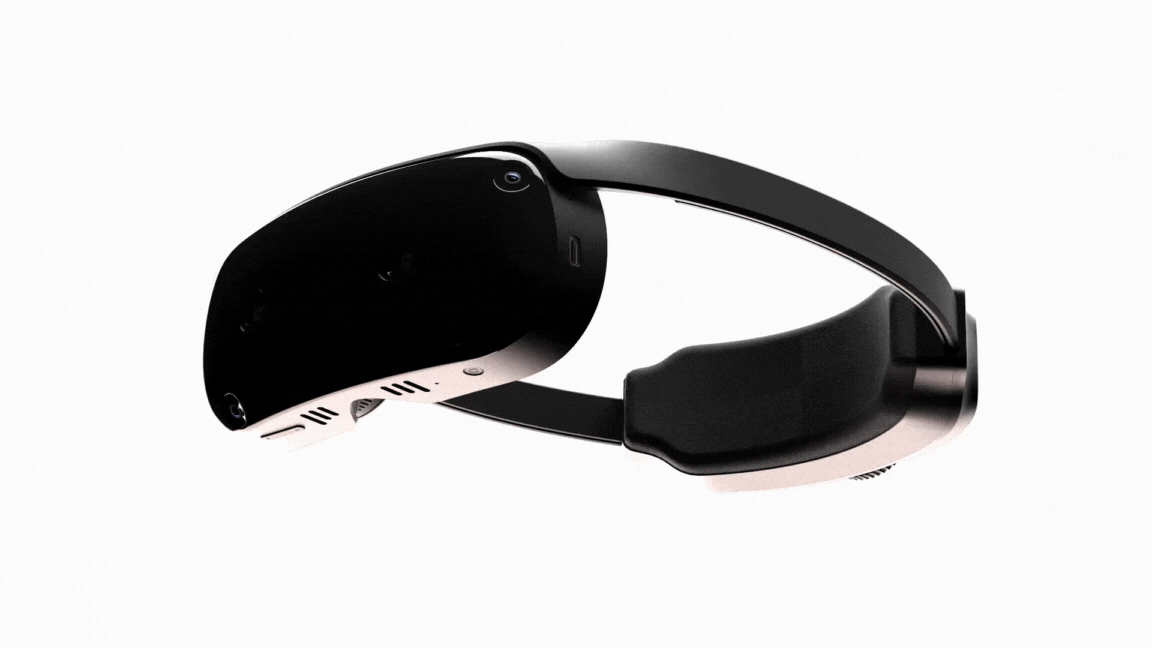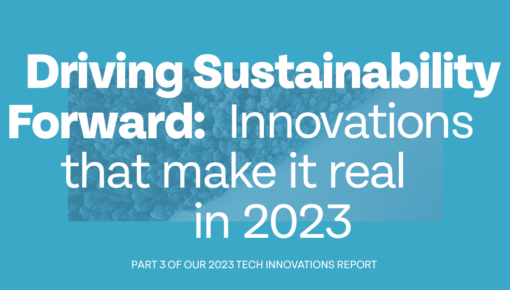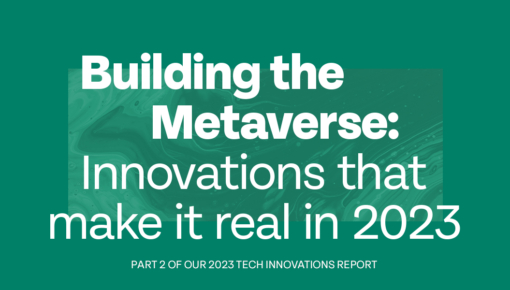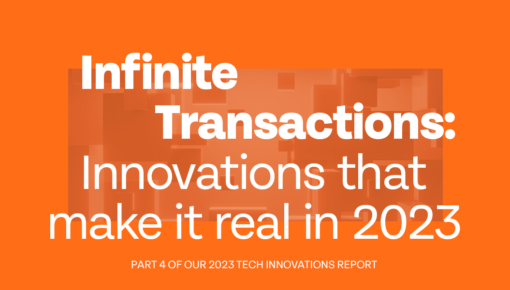Driving Social Impact
Tech that drives social impact
New technologies can cultivate greater and more positive social change. Beyond driving revenue through innovations and bringing competitive advantage, new technologies like AI, machine learning and big data can support in making our world a place that is more equitable, supportive, inclusive, and sustainable.
This year’s CES conference showcased the tangible ways in which industry has been actively applying technology to the most pressing challenges facing our society.
Commoditising accessibility
Technology can be used to increase the physical accessibility of products and services to the wider population. Consider the 1 in 6 people worldwide who live with a disability, who have a fundamental right to access global information and aid their independence. Digital accessibility is improving steadily, with interfaces now being accessible through voice commands, smart screens and glasses that translate speech to text, or AI-driven hearing aids that enhance speech.
A range of solutions in this space were unveiled at CES: for example, Samsung’s Reluminode mode, designed to help visually impaired individuals to see content on screen more clearly. Other innovations included Dot Cell and Dot Pad, two tactile graphics displays that convert letters and images into a tangible output, enabling visually impaired and blind consumers to interpret all content on the internet.

Source: dotincorp.com
Also on display were the eSight Go smart glasses, designed for people with low vision. These glasses contain a built-in, high-speed, high-definition camera and two high-resolution screens to capture all images looked at by the user. The glasses optimize and enhance the footage, and project it onto the two screens in real time.
Accessibility is also in the agenda in the beauty world. L’Oréal presented a motorized lipstick applicator called HAPTA: a handheld device that enables self-expression for beauty enthusiasts with limited hand and arm mobility.
Design for inclusivity & equality
Technology also plays an important role in removing barriers within products and services that have traditionally underserved certain communities. For example, by making education or health care more widely available or by providing more equal economic opportunities.
The health industry has long focused on innovations around remote patient monitoring or smart wearables, apps and other digital platforms that make it easier for patients to stay engaged with their healthcare providers. However, the range of signals that can be measured, along with their accuracy, are continually developing. Nuralogix has developed technology that uses AI to analyse a simple selfie, to determine heart rate, blood pressure, body mass, stress levels and more. This represents a quick and familiar way for users to transmit a rich information set to their healthcare provider.

Source: ajnavidya.com
Meanwhile, India-based AjnaXR is on a mission to bridge income inequality. The company designed a true mixed reality headset that provides an immersive experience for individuals to up-skill or re-skill for a new occupation. The firm is also debuting AjnaVidya, an accompanying platform to promote immersive learning and communication opportunities for a skills-first world with equal economic opportunities.
Adding true value through personalisation
Personalization is most used to contextualise messages or create more engaging experiences, but it can also be applied to generate positive impact. An example of this is adaptive learning: using machine learning data and algorithms to adapt teaching to a user’s strengths, weaknesses and learning style, providing a personalized learning experience. Valuable applications are seen in personalized health and wellness tracking, as well as in the automotive industry.
At CES, HARMAN presented Ready Care, an in-car intervention product that measures a driver’s eye activity, cognitive load and vital signs to determine the level of focus and attention to the road ahead. The product provides a personalized in-cab response to reduce dangerous driving situations caused by stress, anxiety, distraction and drowsiness.
Personalization can also provide added value in the home or care environment. For example, Zoundream showcased a custom developed deep-learning-based solution to interpret and translate baby cries into real meaning. The startup is aiming to be able to identify pathologies and uncommon behaviours of infants, offering more security for caretakers of newborns.
Conclusions
Increasingly, companies are being challenged to take a stand, and shed light on topics such as equality and inclusion, which matter more than ever. It is therefore no surprise to see the rise in innovations highlighted at CES that break down barriers and contribute to making this world a better, more equal place. There is a range of companies with promising early products that we hope to see back next year, showing great progress. We expect the themes of equality, access and inclusion to grow on the CES platform, and hit the big stages next year.



